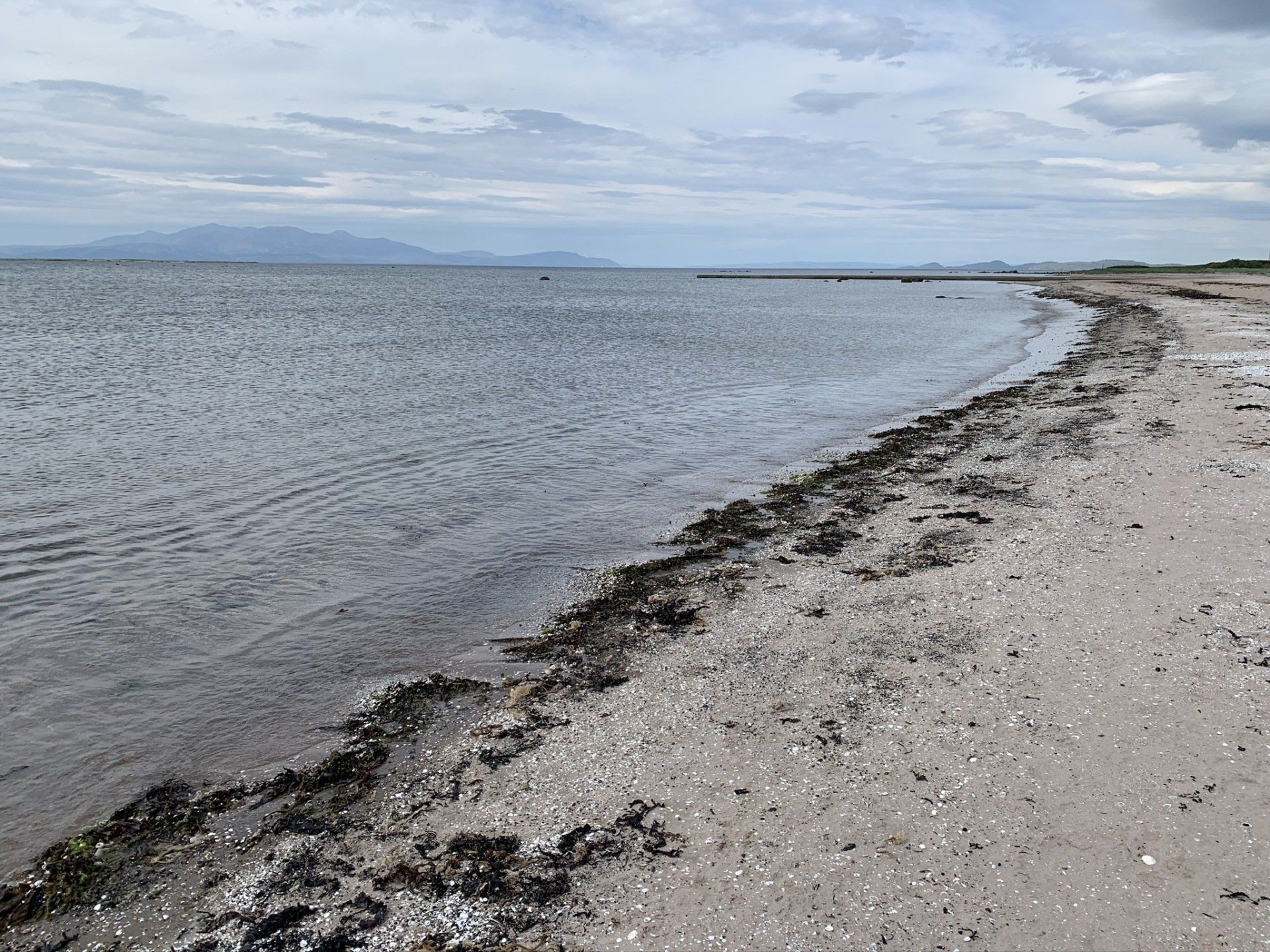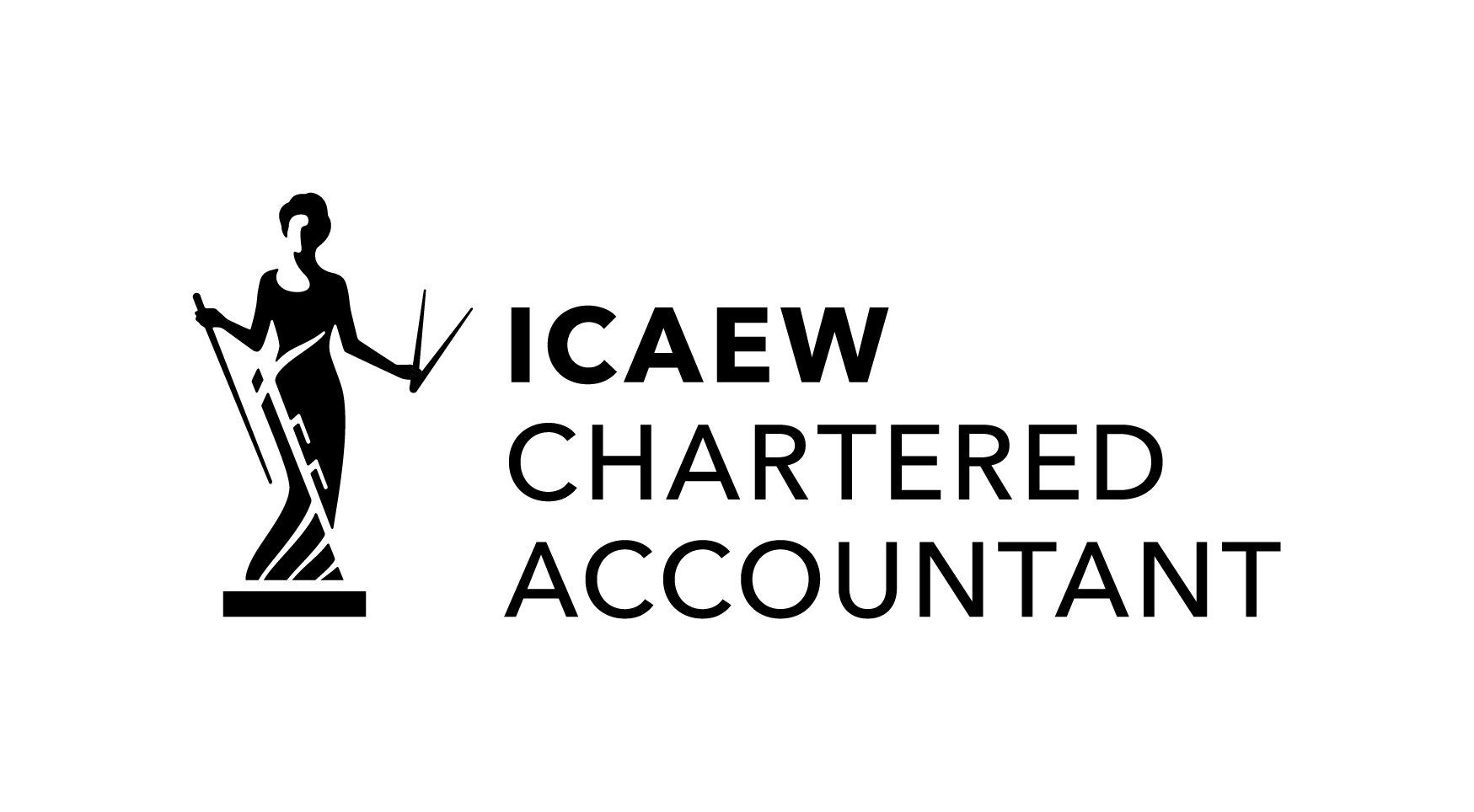Moving resilient to brilliant
Blog Layout
Progress made in the Renewables Sector- as indicated by the Ofgem 2019 Renewables Obligation Annual Report
Patrick Lowe • August 30, 2020
Getting there...

The Renewables Obligation scheme supports the development of renewable electricity generation in Great Britain. The scheme was introduced in 2002 in Great Britain and was later introduced in 2005 in Northern Ireland. The annual report of the year ending 2019 provides some insights into the progress the scheme has made throughout the year:
The highest number of Renewables Obligation Certificates (ROCs) were written in the scheme’s history last year. The figure of 105.9million ROCs written was up from the previous year’s figure of 103.22million ROCS written (Ofgem. 2020. P. 2)(Ofgem. 2019. P.2).
Since the start of the RO scheme in 2002 26,525 electricity stations have been accredited (Ofgem. 2020. P.2).
The RO obligation level was revised to implement an exemption for Energy Intensive Industries for up to 85% of the indirect cost of the RO as of the 1st of April 2018 (Ofgem. 2020. P.68).
The total capacity accredited under the RO scheme by electricity generation technology is 35,185 MW as of 2019 (Ofgem 2020. P.84). This has increased from the total capacity of the previous year of 32,657 MW (Ofgem. 2019. P.65).
This report indicates major progress. However following scheme closure in March 2017 it has only been possible to gain accreditation if particular grace period criteria are met. This has resulted in a decline in the rate of accreditations and growth of the total energy capacity of the RO scheme throughout the year ending 2019.
Useful link: Ofgem. 31/03/20. Renewables Obligation Annual Report 2018-19.
Link to report: https://www.ofgem.gov.uk/system/files/docs/2020/05/ro_annual_report_2018-19_v1.1.pdf



